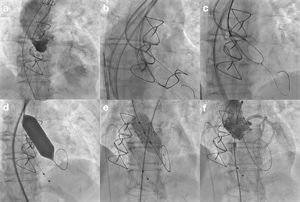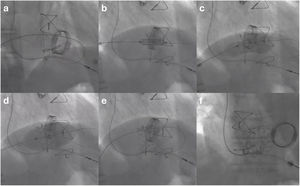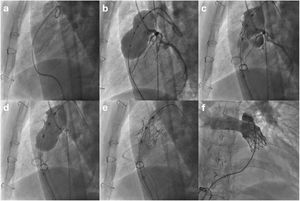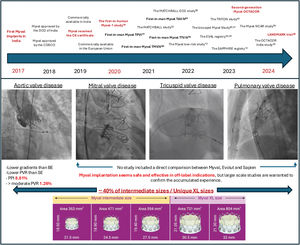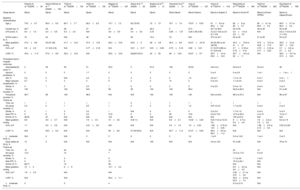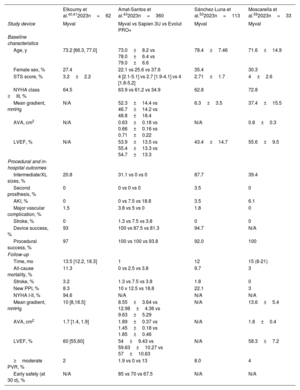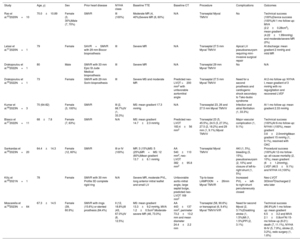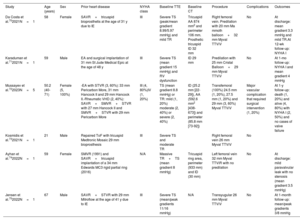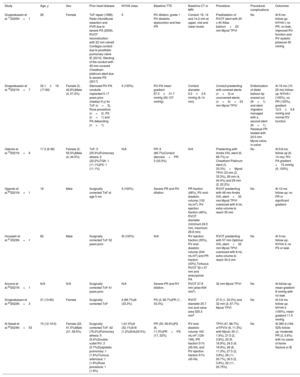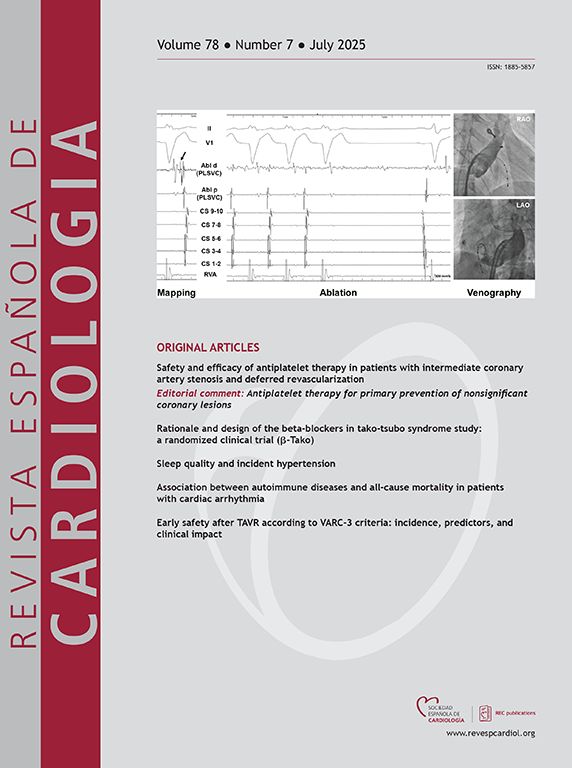
Myval technology represents the first balloon-expandable alternative since the Edwards system became commercially available. Despite certain controversies, its use has rapidly expanded. We aimed to gather all the available literature regarding its indications and outcomes.
MethodsA comprehensive search of articles published between December 2016 and May 2024 was conducted using BioMedCentral, Google Scholar, and PubMed to evaluate the main outcomes of Myval for native aortic stenosis (AS) (meta-analysis) and off-label uses (systematic review).
ResultsA total of 151 studies were identified, and 74 were included in the analysis, covering aortic (n=51), mitral (n=9), tricuspid (n=6), and pulmonary (n=8) valve positions. A meta-analysis of studies on native AS demonstrated that Myval is safe and effective, with a 30-day mortality rate of 1.3%, good hemodynamic performance, low rates of pacemaker implantation (8.8%), and ≥ moderate paravalvular regurgitation (1.3%). Compared with other contemporary devices, Myval was competitive and associated with lower rates of pacemaker implantation. In a systematic review of off-label indications, Myval was also found to be safe and effective. In bicuspid AS, pure regurgitation, and aortic valve-in-valve procedures, success rates were 100%, 92%, and 100%, respectively, with pacemaker rates of 9.9%, 22.2%, and 3%, respectively. For mitral valve-in-valve/in-ring procedures, the success rate was 96.9%, while in tricuspid and pulmonary positions, small case series reported 100% success rates for both, with minimal procedural complications.
ConclusionsMyval technology is safe and effective for the treatment of native valvular disease and dysfunctional prostheses or rings in all heart valve positions, although larger scale studies are warranted.
Keywords
Identify yourself
Not yet a subscriber to the journal?
Purchase access to the article
By purchasing the article, the PDF of the same can be downloaded
Price: 19,34 €
Phone for incidents
Monday to Friday from 9am to 6pm (GMT+1) except for the months of July and August, which will be from 9am to 3pm





